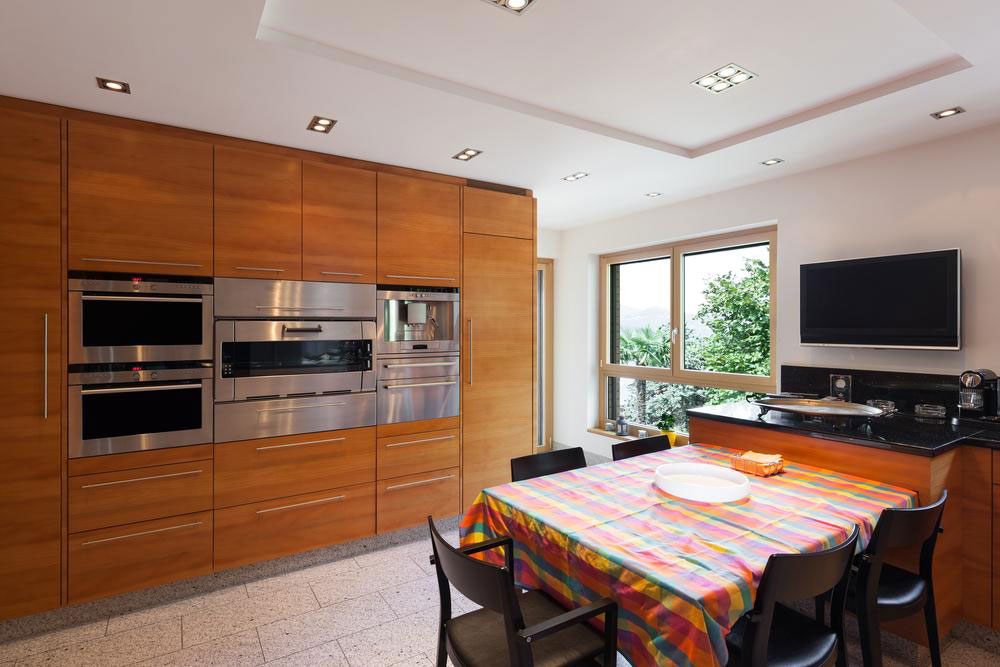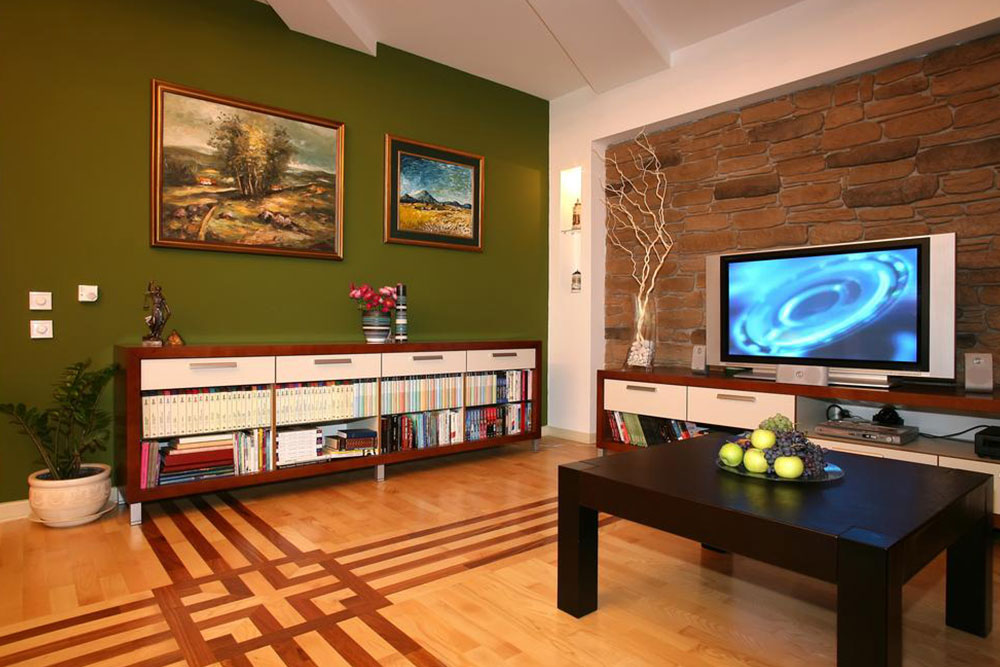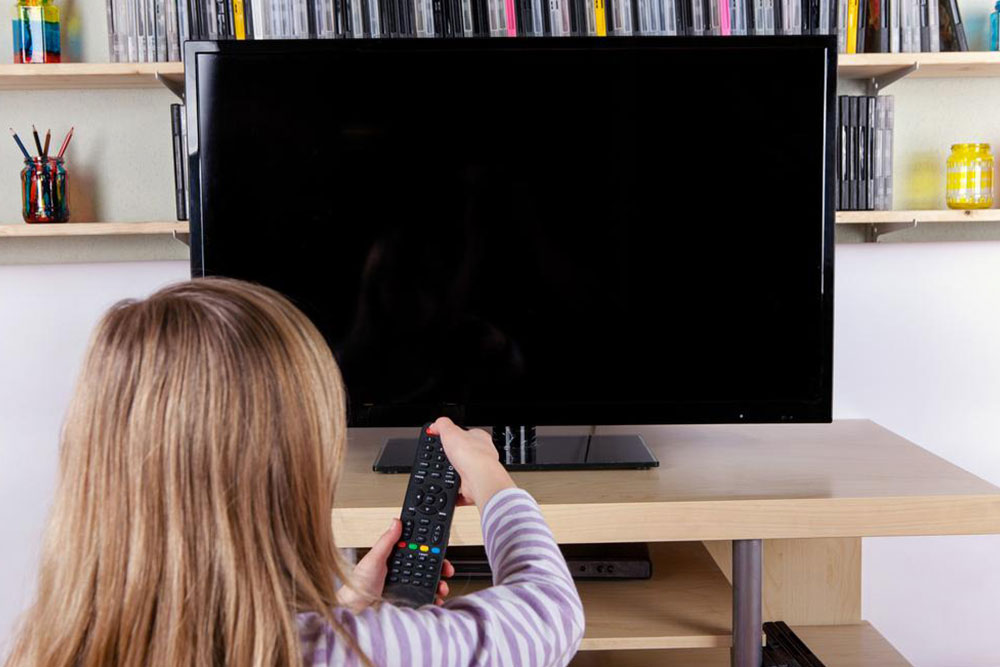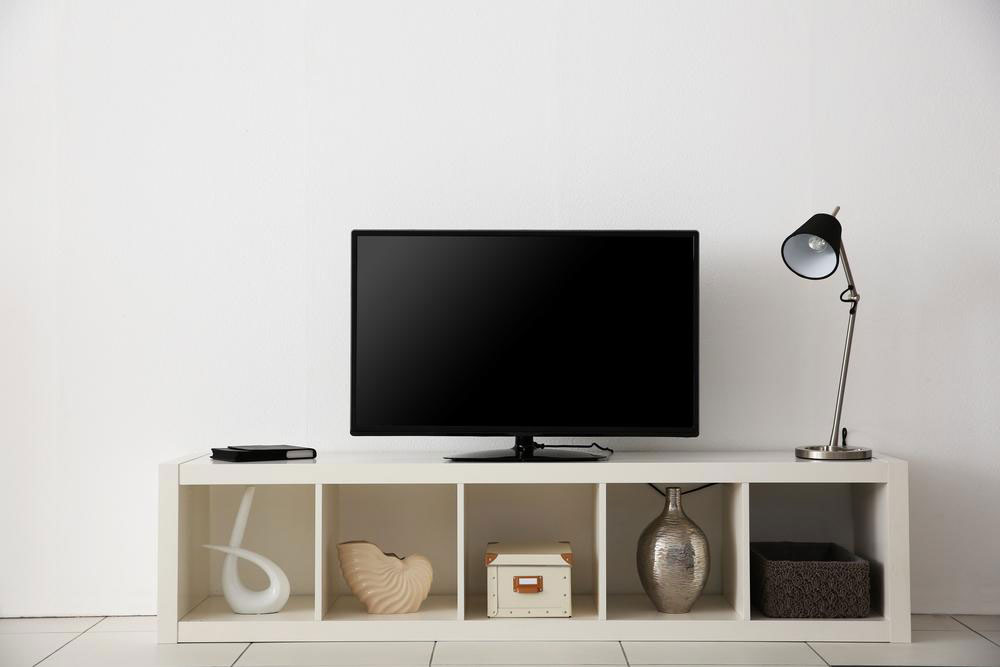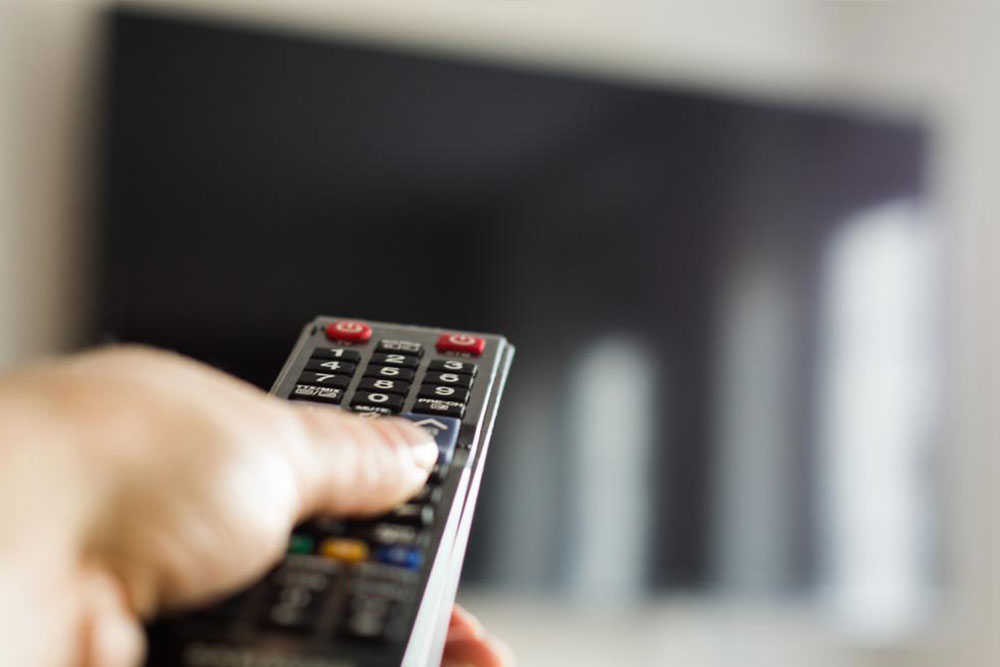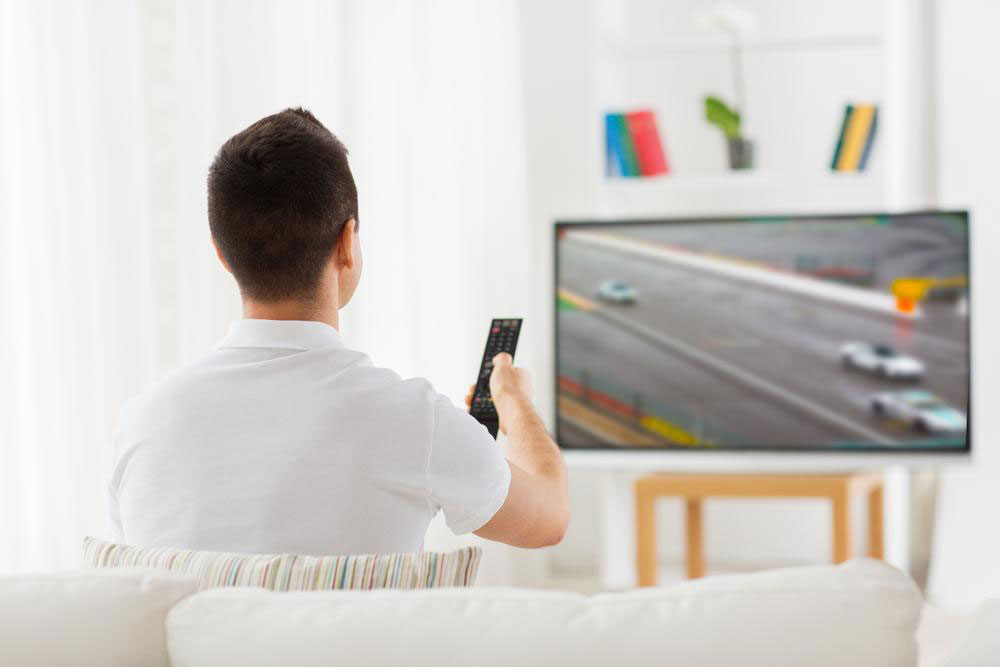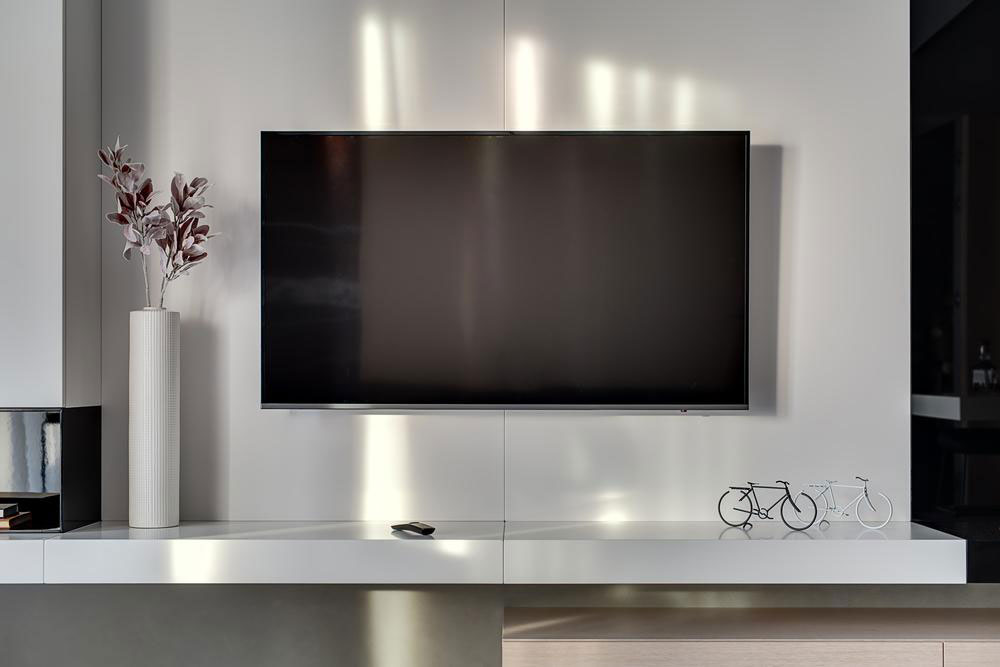Choosing Between Curved and Flat Televisions: Which Is Best for You?
Discover the key differences between curved and flat TVs, including design, immersion, viewing angles, and reflections. Learn how to choose the best TV based on your preferences and setup. Find current deals and make an informed purchase decision to enjoy an enhanced viewing experience tailored to your space.
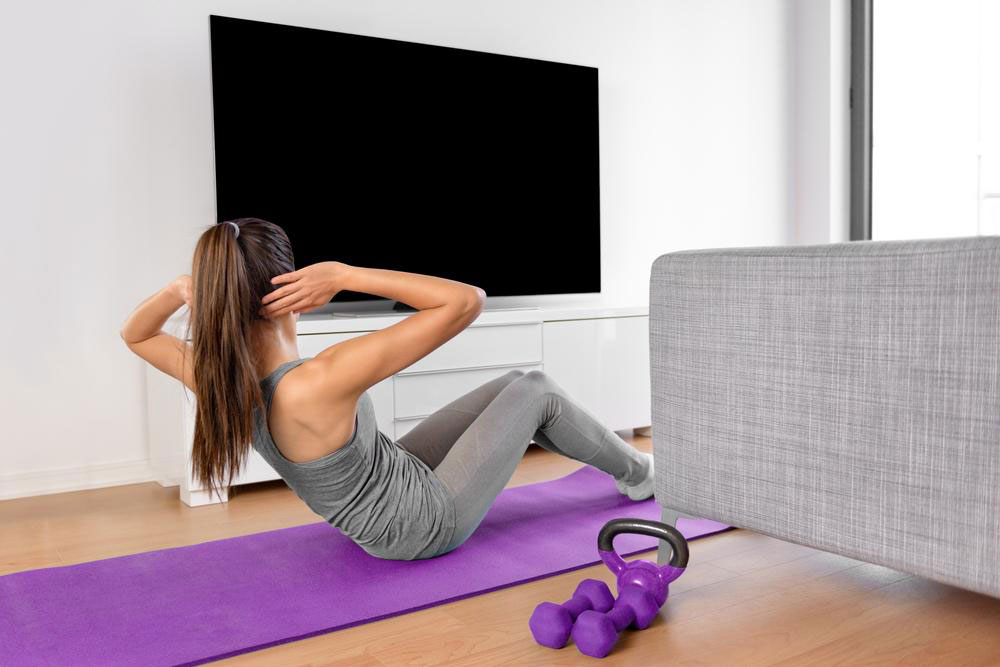
Choosing Between Curved and Flat Televisions: Which Is Best for You?
As television technology advances, innovative designs continue to emerge. One notable trend is the adoption of curved screens. But are curved TVs superior to traditional flat displays? Leading brands now produce top-tier curved models, offering numerous options that can be overwhelming. To help you decide, we've compared key aspects of both types. If you're interested in purchasing a curved TV, explore current deals and discounts to find the best offers available. Carefully consider these points before making your choice.
When shopping during a curved TV sale, compare different models and read detailed reviews. Evaluate the pros and cons of flat and curved screens to choose the best piece for your needs.
Design Appeal
Visual aesthetics are important when selecting a television. While not the sole factor, many find curved TVs more attractive than flat screens. Devices like LG’s OLED 4K or LG G6 showcase sleek, elegant curved designs that enhance room decor.
Enhanced Viewing Experience
A common reason for choosing a curved TV is improved immersion. The gentle curve can create a more engaging viewing atmosphere, especially combined with high resolution and contrast. Curved screens have been utilized in cinemas for years to enhance depth and audience engagement.
Viewing Angles
Larger curved TVs aim to keep the entire audience within the optimal viewing zone. However, casual home setups—especially for TVs around 55 to 70 inches—offer a limited ideal viewing angle, typically around 35 degrees from the center. Viewers sitting outside this range might experience distorted images or eye strain. LG’s OLED models maintain better image clarity from wider angles.
Reflections and Image Distortion
Reflections depend more on screen gloss than on curvature. High-quality curved TVs with good brightness and contrast handle reflections well. Still, reflections on curved screens tend to be less noticeable than on flat models, which may display stretched reflections, obstructing part of the display.

